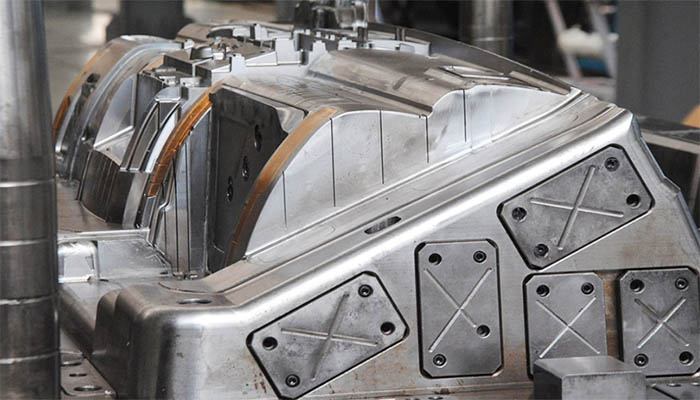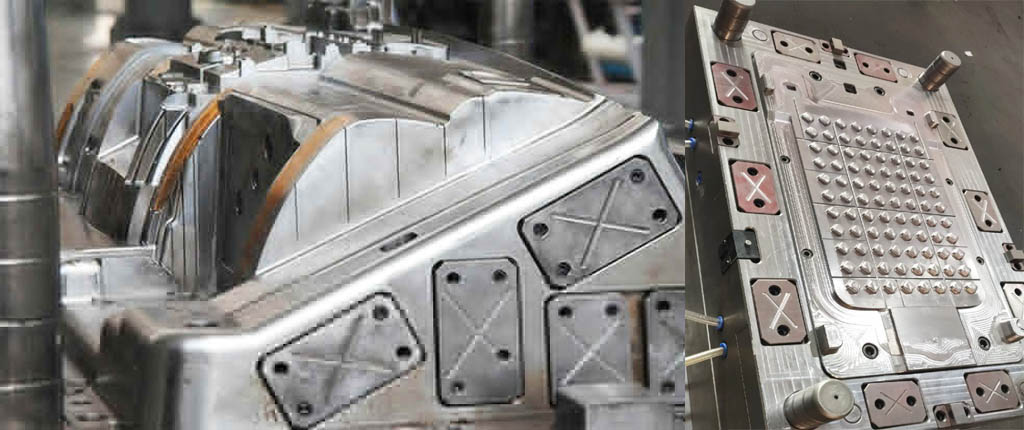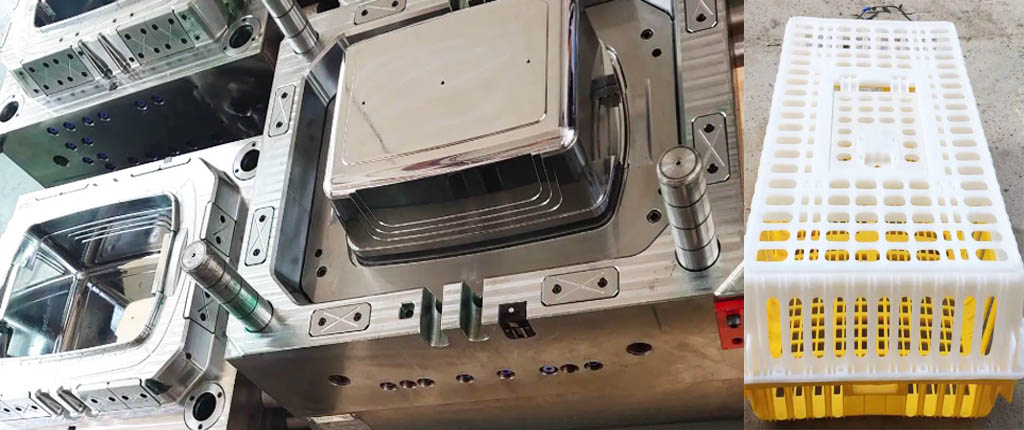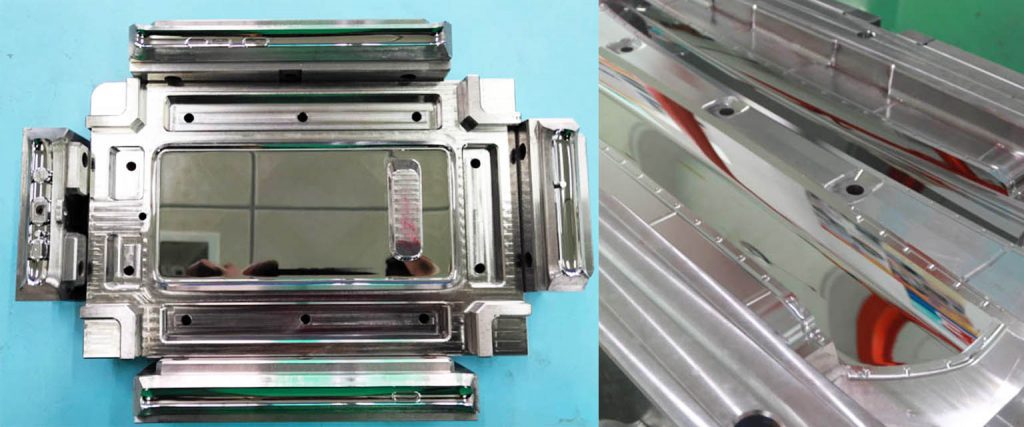Plastic Injection Mold Gas Generation Causes,there are many reasons why plastic injection molds produce gas during the production process, including the some factors.
Table of Contents
TogglePlastic Injection Mold Gas Generation Causes
Why does gas occur during product injection molding in the mold? Today, we will analyze the reasons in detail as follows
1. Volatile components in plastic raw materials
Plastic raw materials may contain some volatile components, such as residual moisture, additives or other volatile substances. When plastic melts due to heat during injection molding, these volatile components may be released, forming bubbles.
2. Plastic decomposition reaction
At high temperatures, plastic may undergo decomposition reactions, producing gas. This decomposition reaction is usually related to the type and composition of the plastic, as well as the control of the injection molding temperature.
3. Excessive mold surface area
Excessive mold surface area may cause excessive contact between the plastic and the mold surface during the injection molding process, causing gas to be entrained into the injection molded product.
4. Improper injection temperature control
The setting of the injection temperature directly affects the melting and fluidity of the plastic. If the injection molding temperature is too high, it may cause the plastic to decompose and produce gas. On the contrary, too low a temperature may result in insufficient melting and the generation of bubbles.
5. Improper Mold Design
The structure and design of the mold may also affect gas generation. For example, some dead spaces in the mold or poor flow channel design may allow gas to be trapped or trapped in the injection molded product.
6. Moisture in plastic
If plastic contains too much moisture, the moisture may evaporate and create bubbles when it melts due to heat.
What causes the mold to produce gas during the product manufacturing process
Gas entrainment in the material feeding system or the presence of air in the cavity may result in inadequate discharge of gas in the runner and cavity during the forming process.
Insufficient resin drying, leading to the presence of water vapor due to water content evaporating at the injection temperature.
High injection temperature causing plastic decomposition and gas generation.
Analysis of mold-generated gas consequences
Additives in the resin undergoing volatilization or chemical reactions, such as polycondensation during the curing process of thermosetting plastics, leading to the formation of condensation water and low-molecular-weight volatile gases.
Residual gas in the resin.
Consequences of poor mold exhaust
The compression of gas leads to increased back pressure, hindering the smooth and rapid filling of the mold by the molten plastic. This results in incomplete mold cavity filling, leading to indistinct plastic edges.
Visible flow marks and weld lines appear on the product, accompanied by a reduction in mechanical properties.
Compressed gas penetrates into the inner layers of the plastic, causing surface quality defects such as silver streaks, pores, loose tissue, and delamination.
Compression of gas in the cavity generates heat, raising the local temperature of the plastic. This can result in decomposition, discoloration, and even charring and carbonization of the plastic melt.
Inadequate exhaust slows down the filling speed, elongating the cycle for forming parts, especially in high-speed injection molding, thereby significantly impacting productivity.

In order to reduce or avoid the generation of gas, some measures can be taken, including optimizing the quality of plastic raw materials, controlling the injection temperature, rationally designing the mold structure, and ensuring that the moisture in the plastic is controlled within an appropriate range. In addition, it is also very important to regularly check and maintain the equipment to keep the injection molding equipment in good condition,keeping injection molding equipment in good condition, replacing worn parts in a timely manner, and ensuring the normal operation of various equipment functions play an important role in preventing potential problems from occurring.


